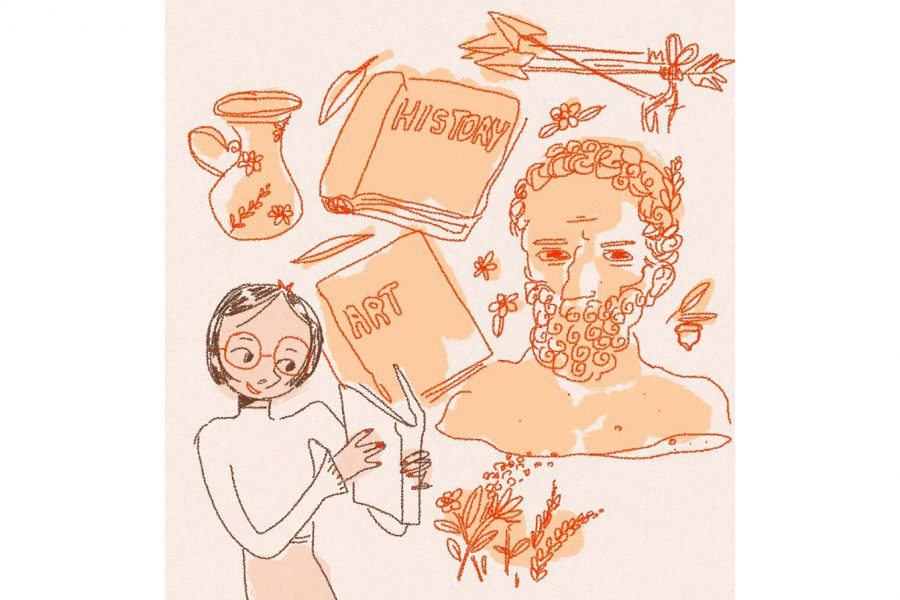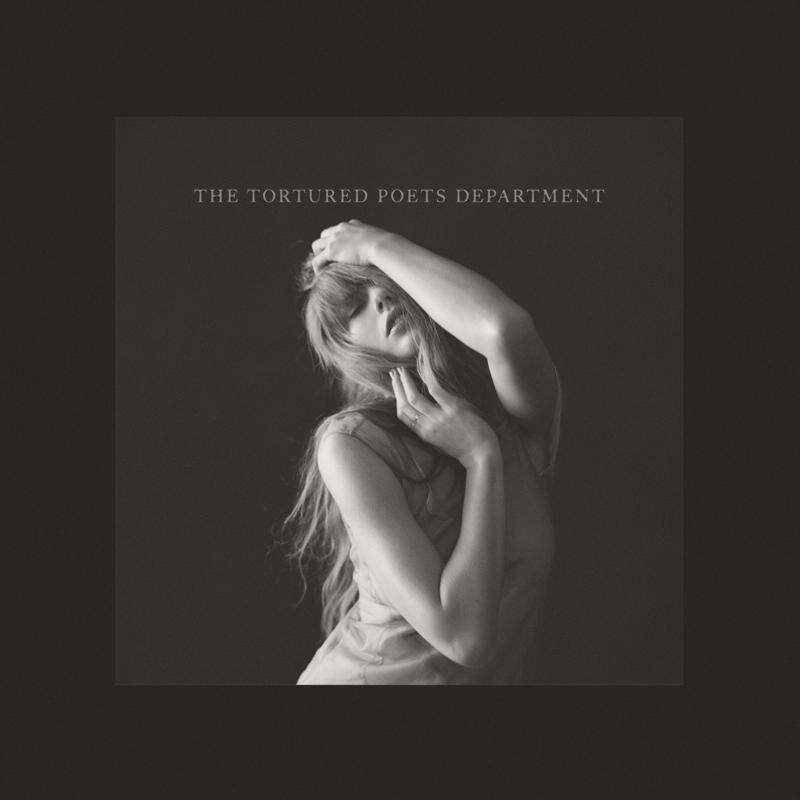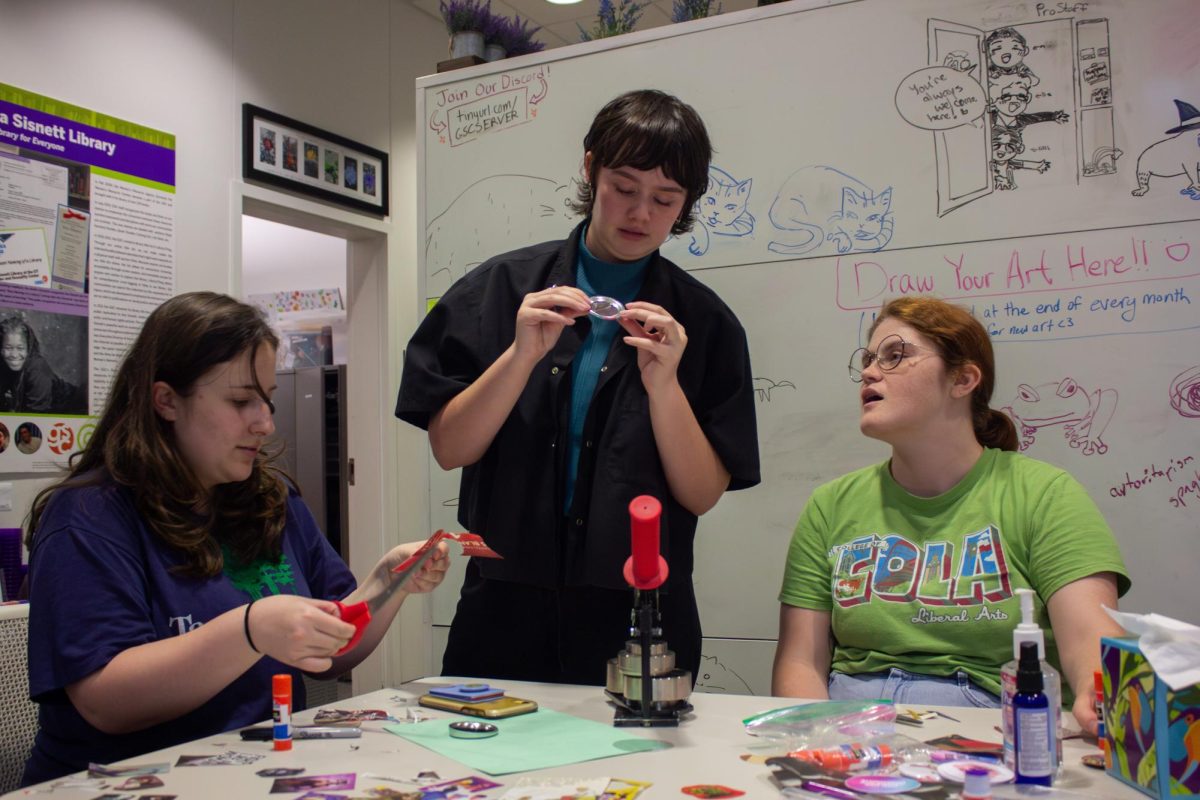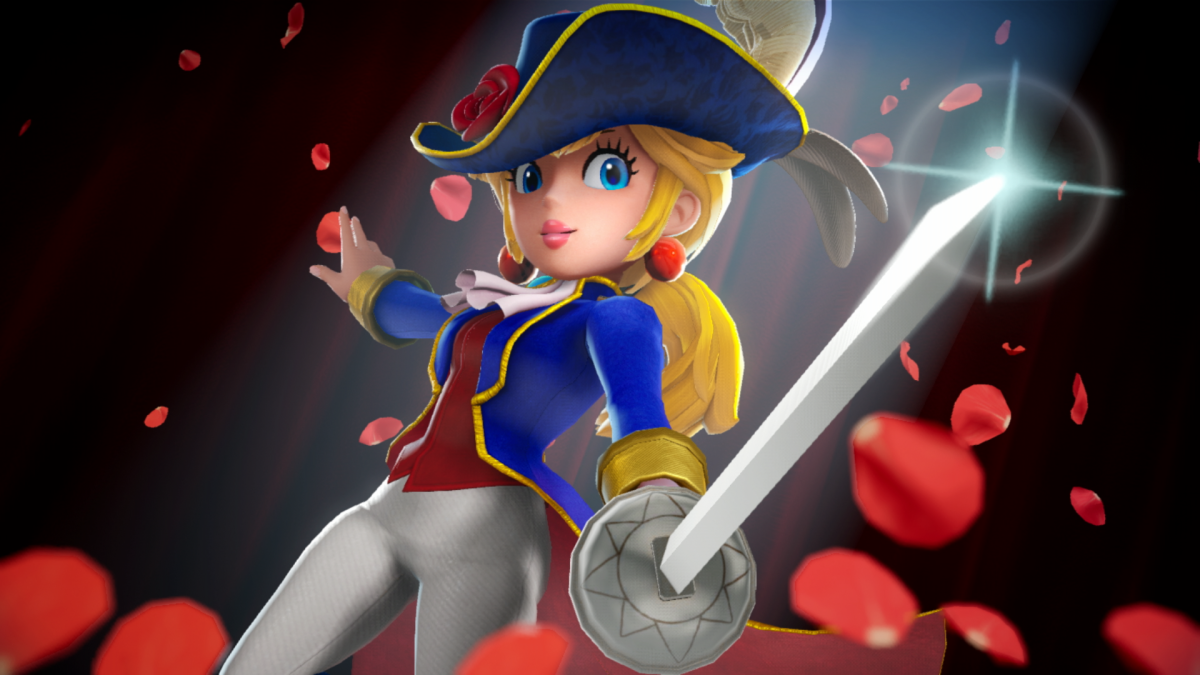It was in high school that art history sophomore Jaelynn Walls first walked through the doors of the Contemporary Arts Museum Houston. Her first exposure to the world of art, the museum visits gave her a deeper appreciation for art and a new euphoric understanding of its connections to everything.
Appreciation for art is worth only so much at a University where business and communications majors dominate. In the 2016-2017 long session, a mere 38 students graduated with a degree in art history.
Under the impression that a successful career is not born from smaller or less common majors, many students fear pursuing this degree path. Education is increasingly important as less and less people graduate with the major every year.
“This lack of appreciation is due to lack of access as well,” art history associate professor Louis A. Waldman said.
This may be a reason behind the decline of the major. Waldman stressed the changing times as a major shift in perception towards art history.
However, Waldman said art history is a highly sought after major for many jobs in advertising and architecture. He also said it strengthens résumés for law school candidates. For undergraduates, internships are also available through many museums which are very well funded, according to Walls.
“Art pervades everything you do, whether that is advertising, architecture or other mediums,” art history sophomore Jaelynn Walls said.
Waldman supported this, emphasizing that people need to be visually literate just like they are literate normally.
“There are a lot of jobs in conservation and preservation, which are two very different things,” Walls said.
In order to make art literacy more accessible to all majors, courses in Greek, Roman, Italian and Byzantine art history are available without prerequisites.
“Art and its history needs to be reclaimed by the public,” art history masters candidate Claire Sumner said.
Sumner referenced her experience at a museum in Alaska and how the appreciation on a deeper level wasn’t there because modern art isn’t explicitly any specific object. Waldman agreed, saying that art history allows people to ask critical questions and acquire critical, perceptive answers.
“We have a responsibility to spread the word to everybody and that it is not for a select person, it is for everyone,” Waldman said.
The nature of art history implies doubt in the perception of artistic works over the course of study. According to Waldman, this level of doubt is essential to learning the value of artistic appreciation.
“For students that are interested in art history, it is important to be comfortable with a certain level of doubt,” Waldman said.
In addition to being comfortable with doubt, Walls stressed the importance of being able to focus on passion. Having the willingness to care too deeply about something is also an important asset, as well as being comfortable dealing with the past.
“Even if you are not an art history major, I would take a course,” Walls said. “A lot of them are not memorization based, it is more about how art fits into human interaction and society within different time periods in different spaces.”





















